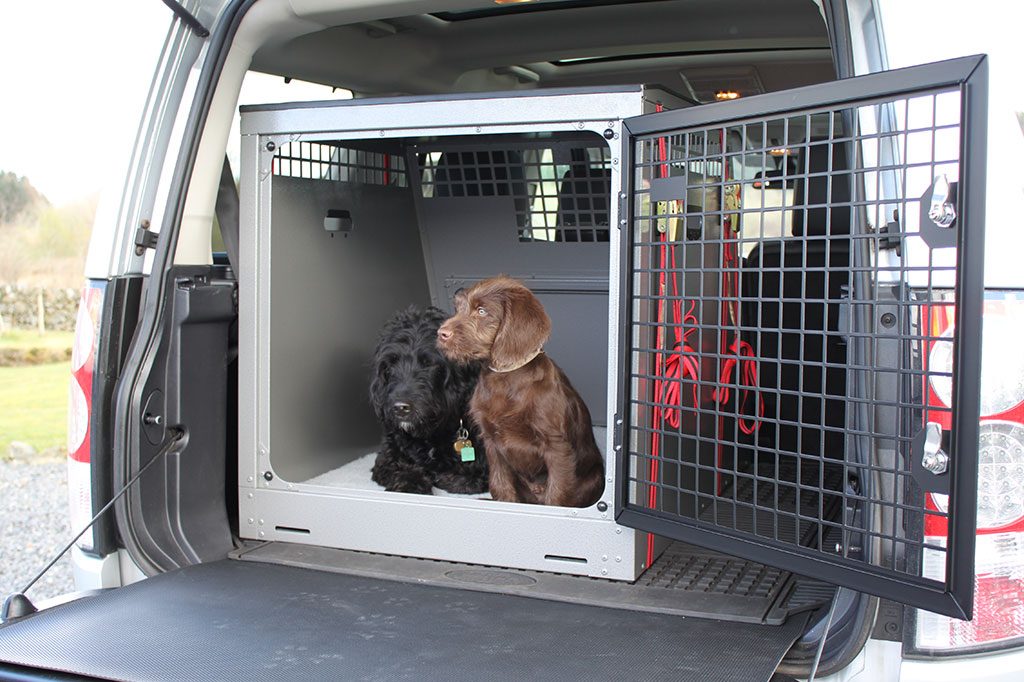When it comes to moving your furry friend around town, comfort, safety, and convenience should always come first. Many pet owners assume that driving their dogs themselves is the easiest option. However, managing a restless pet, handling errands, and ensuring safety all at once can quickly turn into a stressful experience. That’s why Door-to-Door Dog Transport is emerging as the smarter, more reliable alternative for busy pet parents.
Whether it’s a vet visit, grooming appointment, or daycare drop-off, professional door to door pet transportation in St. Petersburg, FL ensures your dog travels safely and stress-free without the chaos that often comes with DIY travel.
Understanding Door-to-Door Dog Transport
Door-to-Door Dog Transport is a professional service designed to move your pet from one location to another with full convenience, from your doorstep to the destination. Companies like Pup Mobile specialize in safe, city-based pet transport where trained handlers manage the entire trip for your dog.
Unlike long-distance shipping, this service is ideal for city travel, taking pets to veterinary appointments, groomers, or even relatives across town. Each journey is handled with attention, care, and comfort, ensuring your dog arrives calm and happy.
The Hidden Challenges of DIY Dog Travel
At first glance, driving your dog yourself seems simple. But in reality, it involves far more than just a quick car ride. Here’s why DIY dog travel can become difficult:
- Distractions on the road: Dogs often move around in the car or bark at other vehicles, which can cause dangerous distractions for the driver.
- No professional restraint systems: Most owners don’t have specialized harnesses or carriers that meet transport safety standards.
- Temperature control issues: Without proper ventilation or air conditioning adjustments, dogs can quickly become overheated or anxious.
- Limited availability: Managing your pet’s travel around your busy schedule can be challenging, leading to missed appointments or rushed trips.
While pet parents mean well, DIY transport often lacks the structure and safety that professionals bring to each trip.
How Door-to-Door Dog Transport Solves These Problems
This is where Door-to-Door Dog Transport shines. The service takes all the stress off your shoulders while ensuring your pet’s complete safety. Let’s break down the benefits that make it the better choice:
-
Professional Handling and Care
Trained drivers and pet handlers know how to keep dogs comfortable and secure throughout the trip. From calming anxious pets to handling unexpected behavior, they’re prepared for every scenario.
At Pup Mobile, handlers treat every dog like family, making sure they’re safely loaded, secured, and monitored during the entire ride.
-
Safe and Comfortable Transportation
Professional Door-to-Door Dog Transport vehicles are equipped with pet-safe harnesses, temperature control, and clean interiors designed for comfort. This reduces anxiety, prevents motion sickness, and ensures your pet’s health during transit.
This level of care is especially vital during Florida’s warm months, where professional transport ensures dogs stay cool, hydrated, and stress-free throughout their trip.
-
Convenience for Pet Owners
With door to door pet transportation in St. Petersburg, FL, you don’t need to adjust your entire day around your dog’s schedule. Whether you’re at work or managing errands, you can book the trip and trust the professionals to handle it.
From pickup at your doorstep to safe drop-off at the vet or daycare, Pup Mobile ensures punctual and reliable service, saving you both time and effort.
-
Reduced Stress for Dogs
Dogs thrive on routine and familiarity. Being handled by professionals in a calm, consistent environment helps prevent anxiety that often arises during travel.
Unlike car rides with loud traffic, frequent stops, or unknown routes, professional transport offers a smooth, uninterrupted journey. This consistency keeps dogs relaxed and comfortable throughout the ride.
-
A Reliable Choice for City Pet Owners
In busy areas like St. Petersburg, navigating traffic and finding parking can be frustrating. Professional transport drivers are familiar with city routes and traffic patterns, allowing them to plan efficient, safe trips.
Whether it’s a short trip across town or a ride to the groomer, Door-to-Door Dog Transport makes city travel easier than ever for both pets and their owners.
Why Pet Owners in St. Petersburg Prefer Door-to-Door Transport
Pet owners in St. Petersburg, FL trust Pup Mobile because it takes away the worry of transportation. The service is tailored for busy pet parents who want their dogs to reach their destinations safely, on time, and with as little stress as possible.
By relying on a professional door to door pet transportation in St. Petersburg, FL, pet owners enjoy peace of mind knowing their furry family members are in experienced hands. It is more than just a ride. It is a service built on love, safety, and reliability.
When to Use Door-to-Door Dog Transport
You can benefit from this service in many everyday situations, such as:
- Regular vet checkups or vaccinations
- Grooming appointments
- Daycare drop-offs and pickups
- Visits to family or friends
- Relocation within the city
- Medical or emergency trips (non-urgent)
For each scenario, Door-to-Door Dog Transport ensures your dog travels safely and comfortably, without you needing to adjust your entire schedule.
Tips for a Smooth Door-to-Door Transport Experience
To help your dog have the best experience possible, keep these simple tips in mind:
- Share accurate pickup and drop-off details to ensure timely coordination.
- Pack essentials like a leash, small toy, or comfort blanket.
- Feed your pet a light meal before the trip to prevent nausea.
- Inform the driver about any special needs, medical conditions, or behavior patterns.
Following these steps helps your pet remain calm and comfortable during the journey.
The Pup Mobile Promise
At Pup Mobile, every trip is handled with care, compassion, and precision. The team understands that pets are family, not cargo. With clean, air-conditioned vehicles, trained handlers, and reliable scheduling, Pup Mobile ensures every dog’s journey, whether short or long, is safe and worry-free.
Whether you’re sending your pup to the groomer, vet, or sitter, our goal is simple: make every ride as comfortable and stress-free as possible.
Conclusion
While DIY dog travel might seem convenient, it often leads to stress for both you and your pet. Door-to-Door Dog Transport offers a safer, more comfortable, and more efficient way to move your furry friend around the city.
With professional handling, reliable service, and complete peace of mind, it’s clear why more pet owners in St. Petersburg, FL are turning to trusted providers like Pup Mobile. When it comes to your dog’s safety and happiness, the professional option isn’t just better. It is the best choice.
FAQs
- What is Door-to-Door Dog Transport?
It’s a professional service that picks up your dog from your home and drops them directly at their destination, ensuring safety and comfort throughout the trip. - Is Door-to-Door Dog Transport safe for all breeds?
Yes, professional handlers are trained to accommodate all breeds and temperaments, ensuring that every dog receives appropriate care and supervision. - How should I prepare my dog for transport?
Feed them lightly before travel, ensure they have a leash and ID tag, and provide any essentials (like a toy or blanket) that make them comfortable. - Can I track my pet’s trip during transportation?
Many services, including Pup Mobile, offer communication updates and reliable timing so you know when your dog has been picked up and dropped off safely. - How much does Door-to-Door Dog Transport cost in St. Petersburg, FL?
Pricing depends on distance, timing, and specific needs, but most city-based services like Pup Mobile offer affordable, transparent rates designed for everyday use.


















